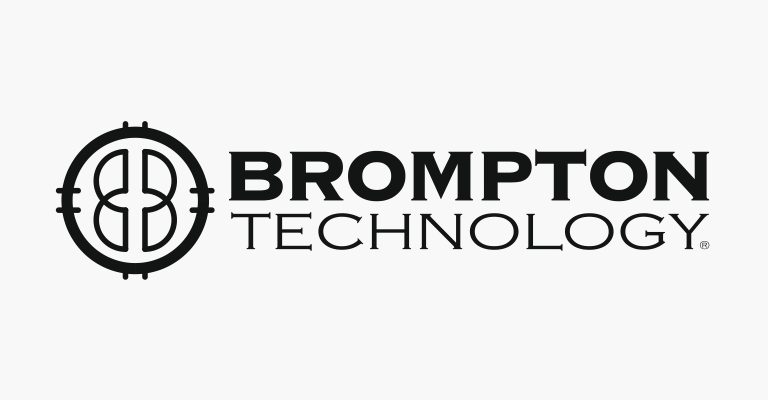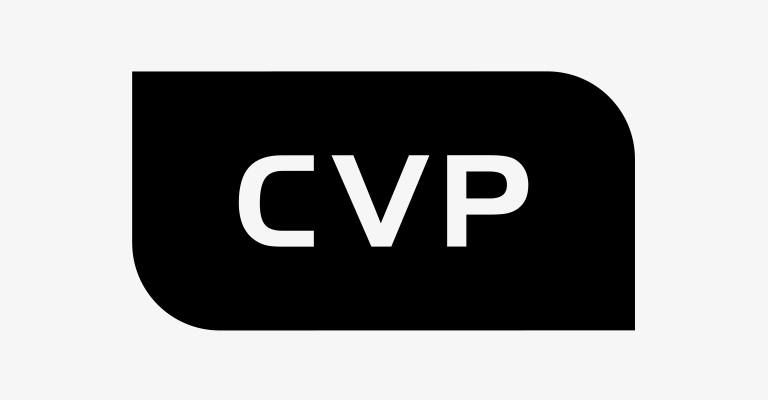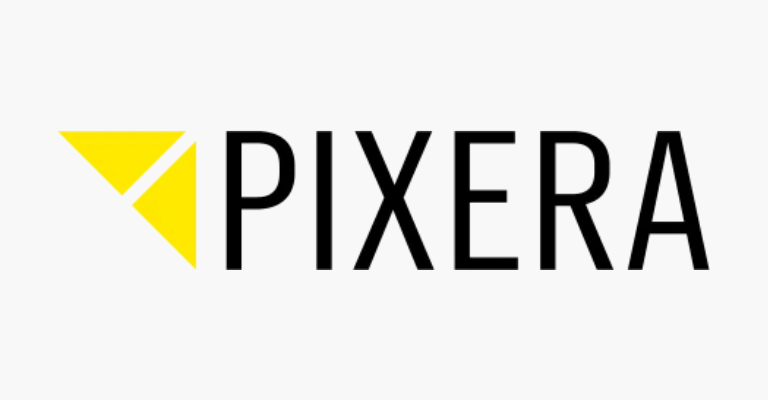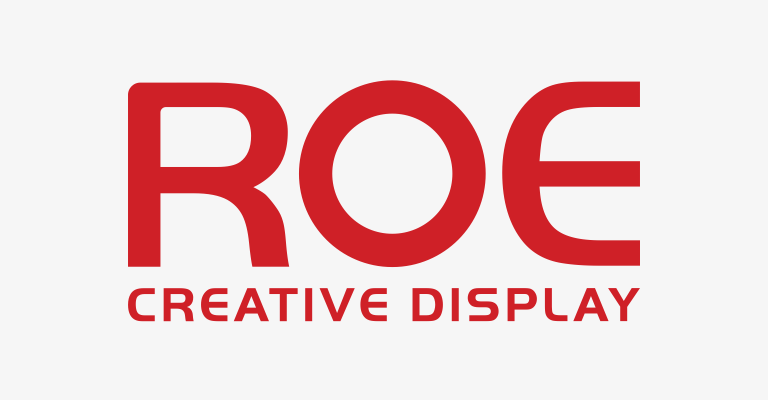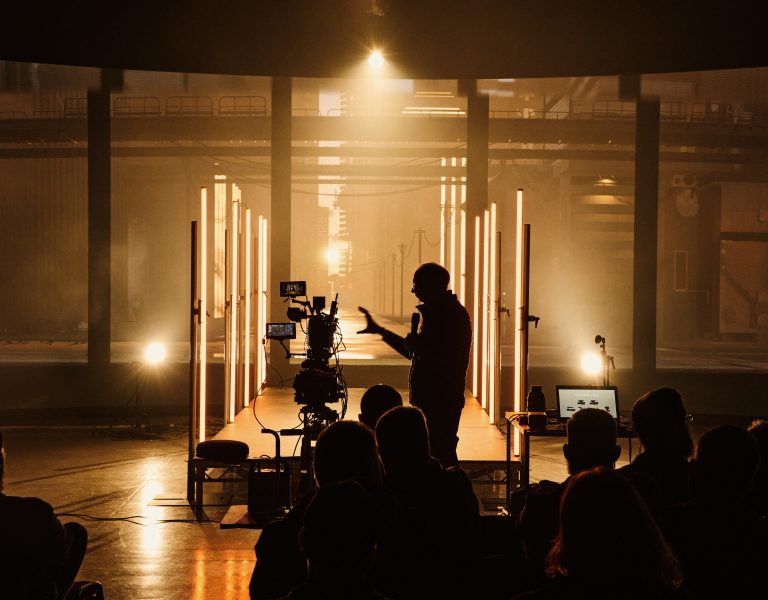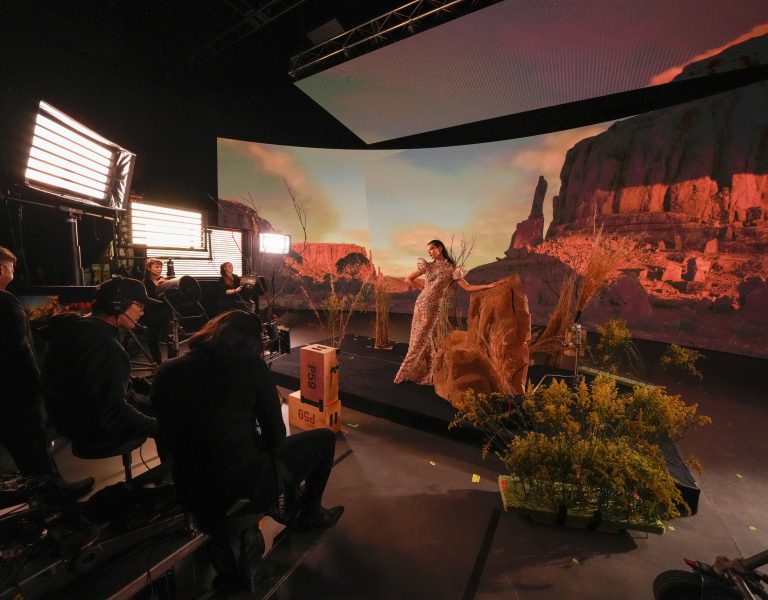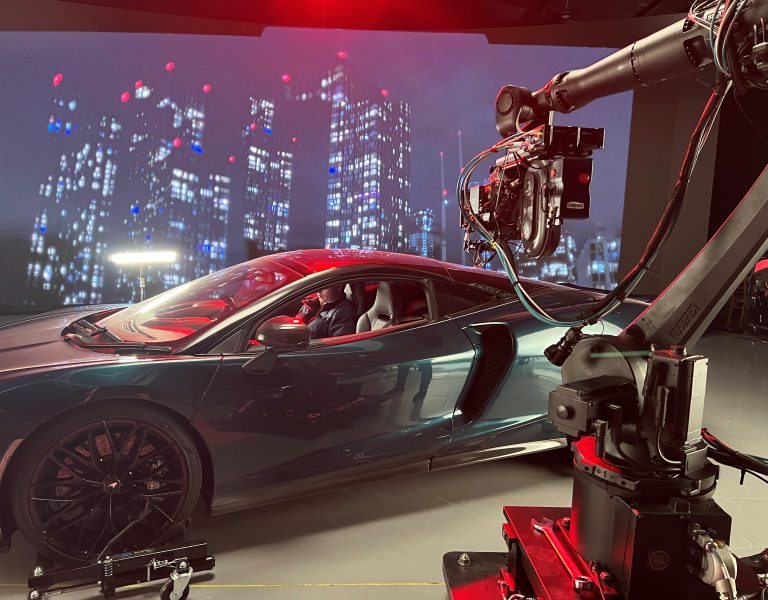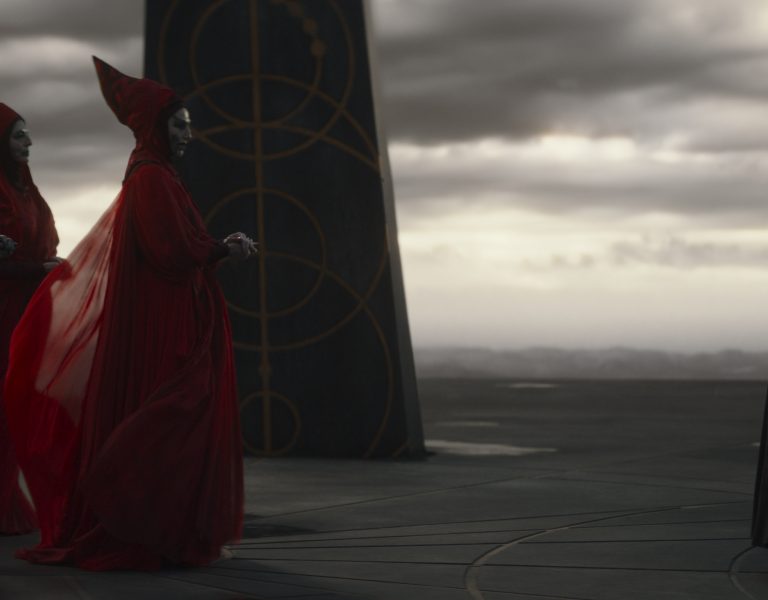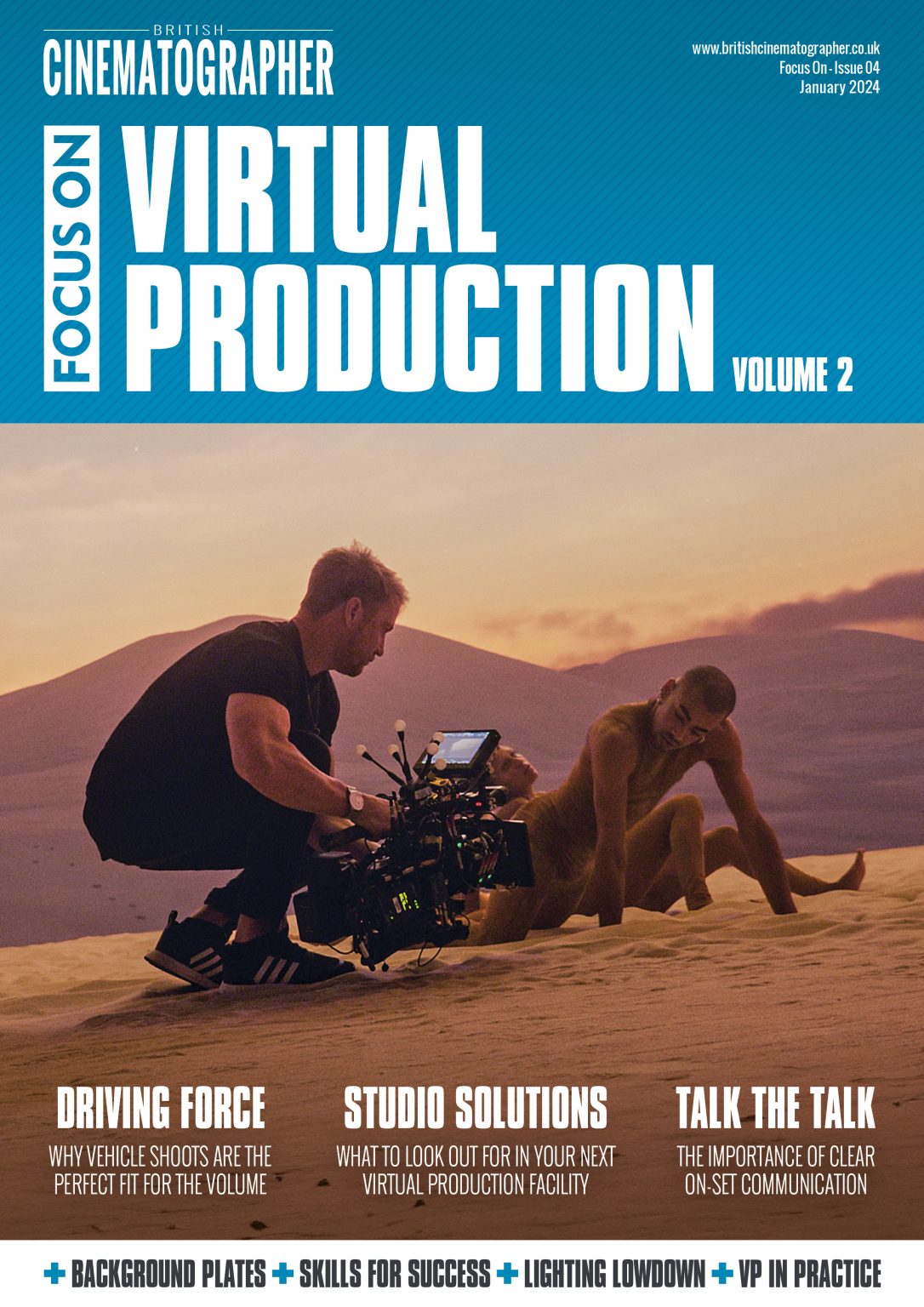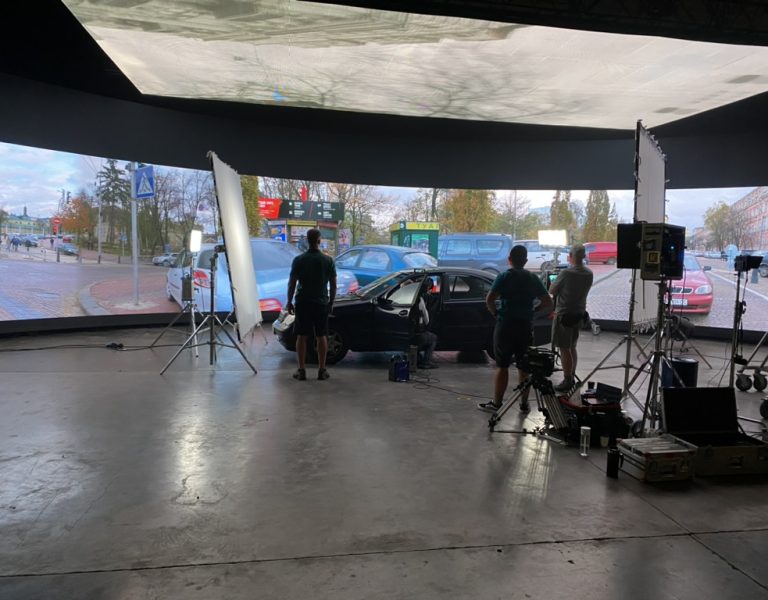Exploring new realms
For teams shooting virtual production with 2D assets, cinematographer, Cathy Ye gives a cursory examination of her experience shooting Osoro at Ramaz Studios in London.
What is the project?
Osoro is a magical realism, proof of concept short film exploring love, loss, and the pursuit of second chances, directed by Sheila Nortley, and produced by Martina Russo. I shot on Sony Venice and Panavision Panaspeed lenses, supported by Panavision.
Why was virtual production suitable?
As Osoro traverses realms and many different environments, VP provided the ideal flexibility for world creation, allowing us to shoot out seven locations in one day. The choice for VP was finalised by our producer, Martina Russo, who recognised its cost-saving potential and opportunity to utilise cutting-edge technology. VP eliminates extensive set construction and location shooting, minimises VFX shots, and expedites post-production. VP also handles reflections (window, skin, etc) better than green screen, and is advantageous for driving scenes, eliminating the need for process trailers, and car rigs.
What did pr-production entail?
Prep was more than double that of any short film I’d shot. What previously was “fixed in post” moved to “fixed in pre”. We decided to shoot the most expensive or difficult-to-access locations in VP: desert, early 2000s double decker bus, luxury apartment, and wedding registry. Due to budget constraints, we utilised 2D assets from stock websites, and plate capture for London specific locations. Fun fact: the double decker bus plates were obtained by shooting on a hop-on, hop-off tour bus in Lambeth with my Blackmagic Pocket Cinema Camera 6K!
As a novice VP cinematographer, I worried that my inexperience might hinder decision making and affect expectation management. Research and testing became crucial parts of my prep. The Sony Digital Media Production Centre in Pinewood Studios, who sponsored our Sony Venice camera body, was an invaluable resource that offers free training and support to filmmakers and welcomed testing on their LED wall. Ramaz Studios’ logistical support and generosity in allowing a pre-light day also contributed to a seamless and enjoyable set day.
What were the main challenges?
Realism is the central challenge, with lighting a major factor. I found lighting stroke-by-stroke the most effective approach, beginning with key light, fill, backlight, accents, in that order. Empowered by SHL’s generous lighting support, we had a wide array of tools at our disposal. Perspective matching was our second biggest challenge due to a low angle plate capture that caused visual incongruence. Future solutions include pre-researching creative framing options, and creating plates either at eye level, or with testing. For a further realistic image, adding practical set elements to the foreground and background enhances visual depth.
What were your main takeaways?
Virtual production suits fantasy, sci-fi, and difficult-to-access locations, but may miss the unique magic of on-location shooting. Observe the subtleties of real environments, and enhance the image with elements that “dirty up” the image – i.e. wind, in-camera light flares, varied textures of light, etc. VP also suits projects needing continuous natural light and multiple locations. With research and a willingness to try new technology, VP is accessible to all filmmakers.
Any camera or lighting tips?
- Monitor the LED wall through the camera, not your naked eye. Think of it as a light source captured in camera, not a display to be viewed with the human eye. Stay away from “creative” grades for content on the LED panel.
- Strong lighting motivation within plate helps. Choose plates with overhead or side-motivated lighting when possible. Frontal key lights will wash out the LED wall.
- Ensure easy camera height and position adjustments by using a peewee dolly or jib with wheels.



